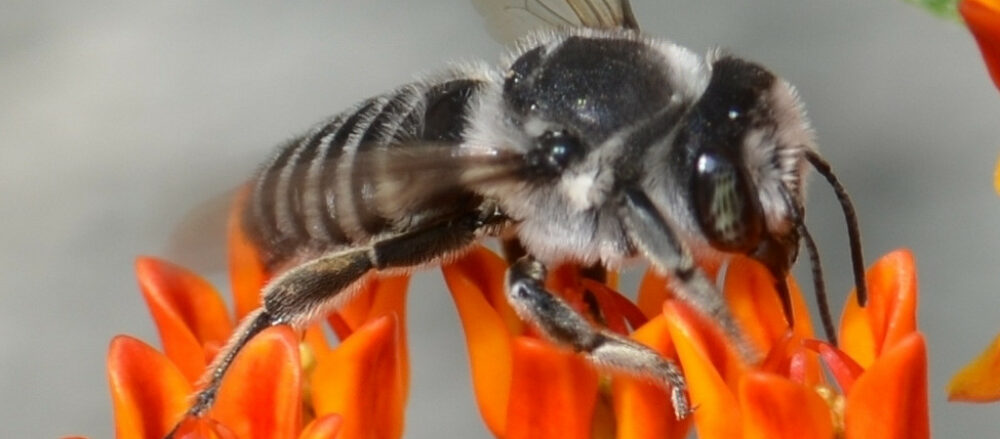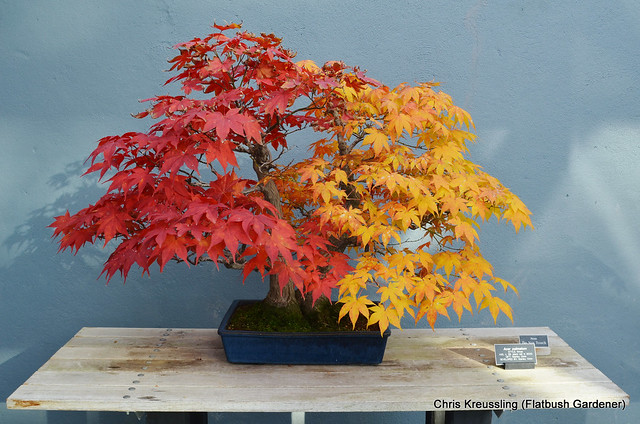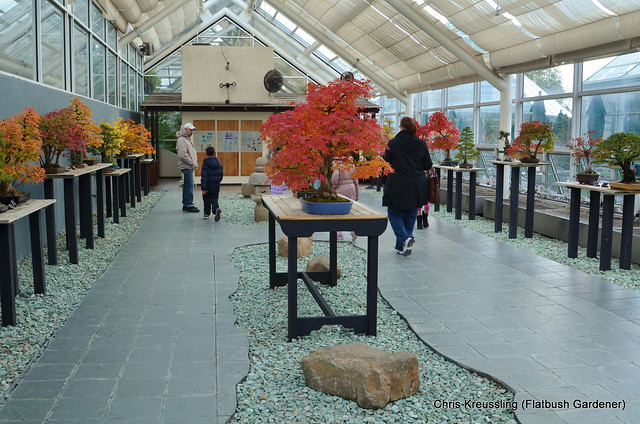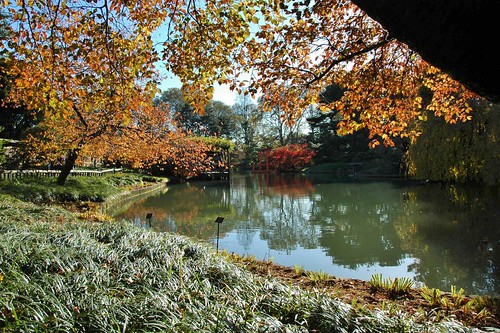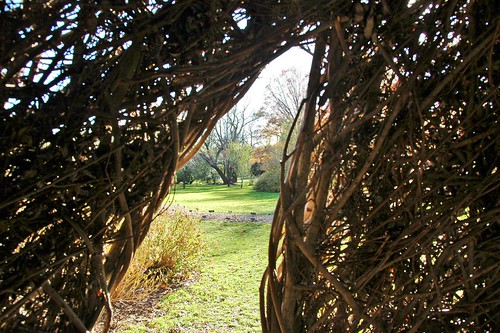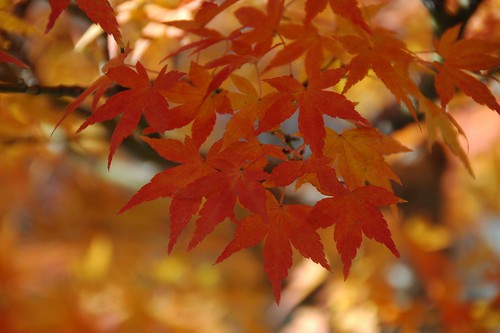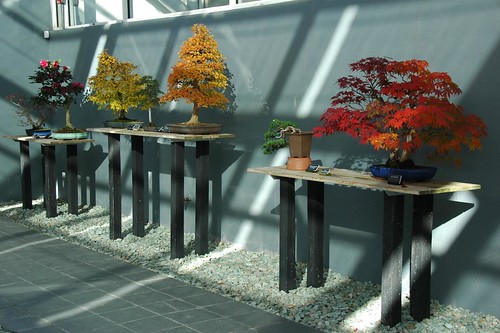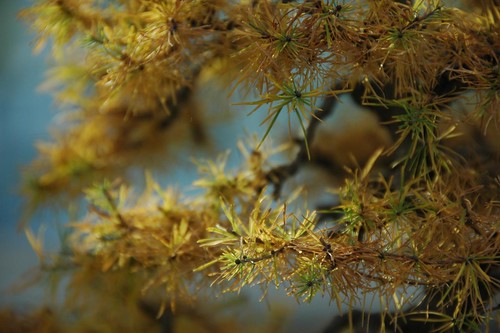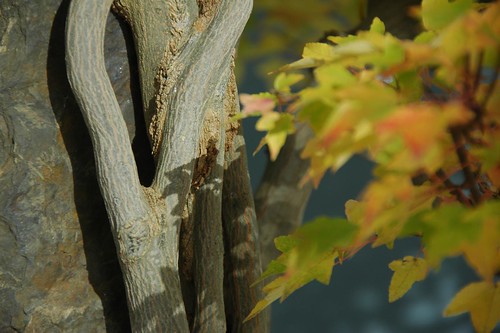Updates:
2013-10-05: Guest post on Garden Rant.
2013-09-26: Thanks to the Brokelyn link, the petition surges past 2,500, adding 800 new signatures in two days, nearly all of them from Brooklyn.
2013-09-24: Brokelyn favorably summarizes the issue and links to the petition.
2013-09-22: The NY Times mentions the petition, but doesn’t link to it. It briefly quotes me and links to this blog. The article is a puff piece largely written by BBG.
The petition has reached 1,750 signatures, and continues to grow.
2013-09-19: Brooklyn Daily Eagle and NY Daily News have picked up the petition.
We reached the 1,500 signature mark earlier today.
2013-09-16: Added selections of some of my favorite comments from signatories to the petition.
Contents
Seeds, Asclepias incarnata, Swamp Milkweed, NYC-local ecotype, growing in my urban backyard native plant garden and wildlife habitat in November 2010. Monitoring and propagation of rare and endangered native plants from local, wild populations is one of the activities Brooklyn Botanic has eliminated with its latest round of cuts.
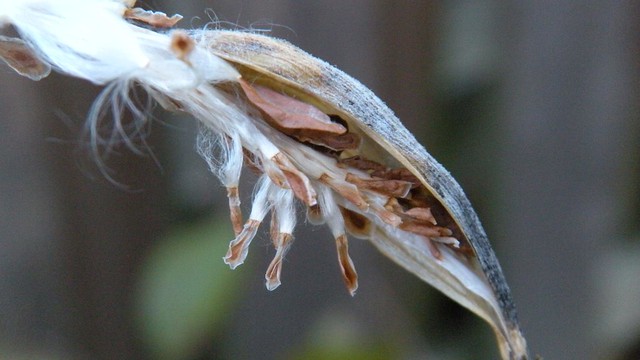
Three weeks ago, I wrote about the elimination of the last science staff, programs and activities at the Brooklyn Botanic Garden (BBG). Since then, I’ve learned much more about the history of just how far BBG has drifted from its mission, which is supposed to include:
Engaging in research in plant sciences to expand human knowledge of plants, and disseminating the results to science professionals and the general public.
Several of us have continued working to formulate a response. Over the weekend, we launched a petition on Change.org to Restore Science to the Brooklyn Botanic Garden:
Reinstate Brooklyn Botanic Garden’s field work, herbarium and library access, and the scientists needed to support these programs and services.
Restore science as a priority, as required by the Brooklyn Botanic Garden’s mission: “Engaging in research in plant sciences to expand human knowledge of plants, and disseminating the results to science professionals and the general public.”
Include Brooklyn, its neighborhoods, and scientific communities – the public for which Brooklyn Botanic Garden was founded, and is funded, to serve – in all decisions affecting its research and education programs and activities.
In less than 24 hours, we reached the 100-signature mark. Even this early, after seeing the responses in one day, there’s hope we may see thousands of signatures in this campaign.
If you share our concern and passion about these developments, please read, sign, and share and forward the petition.
Selected Comments
As of the evening of Monday, September 16, the petition exceeded 500 signatures. (1,330 as of Wednesday evening.) I’ve been trying to read all of the comments, but I can’t keep up any more. Here are some of my favorites.
Botanic Gardens and Arboreta must continue to maintain experts in the local floras and ecology. In many areas they are the last bastion of botany as universities abandon the study of plants for more lucrative directions.
As a longstanding member of the BBG, I have been dismayed to learn of these layoffs. Science should be a priority aspect of the BBG’s focus and investment. Given the high-profile, major expenditures on upscale entrances/architecture and related new features of the garden, I’m confused as to how the budget for what should be the most essential, core components of your work is somehow lacking.
Eliminating science and education from the BBG will reduce a world-class botanical institution to just another Brooklyn bauble.
I am a plant systematics researcher and access to the invaluable natural history collections stored and curated in herbaria is important to my work. I have had a chance to interact with the staff at Brooklyn Botanical Gardens and they are exceptionally helpful and profssional. Even if the physical facilities are damaged, sacking the staff, who look after the collections and maintain a research program at the herbarium, shows a real lack of commitment to science by the board.
Without science-based publication, I will no longer be able to use and recommend your publications. The botanical world is awhirl in change – what a lousy time to abandon your gardens to the whimsy of marketers.
As a longstanding member of the BBG, I have been dismayed to learn of these layoffs. Science should be a priority aspect of the BBG’s focus and investment. Given the high-profile, major expenditures on upscale entrances/architecture and related new features of the garden, I’m confused as to how the budget for what should be the most essential, core components of your work is somehow lacking.
Science!
Duh.
And this one stands alone:
“For the advancement of botany and the service of the city.” Although it galls some to be reminded of the vision of Brooklyn Botanic Garden’s first director, Charles Stuart Gager, the mission was never more clearly stated. In the first volume of the Garden’s Record, Gager wrote that a botanic garden’s “aims and treatment must differ greatly from those of a public park or a mere pleasure garden.” Judged by their recent action and inaction the current administration and board of trustees disagree and seem determined to erase the history of a great institution.
Gager so valued a botanical library that he made personal appeals for acquisitions and wrote to readers of the Record, “A well chosen library is absolutely essential in order properly to classify, name, and label our collections and public exhibits.” Three years ago this administration and board also eviscerated that department. One must ask where will it end?
For anyone who would like to read about BBG’s dishonored history, it can be accessed here: Brooklyn Botanic Garden Record, Volume 1, 1912
Related Content
Petition to Restore Science to the Brooklyn Botanic Garden
Brooklyn Botanic Garden’s Slash and Burn “Campaign for the 21st Century”, 2013-08-23
The Plight of NYC’s Native Flora, 2010-04-08
The Brooklyn Blogade at the Brooklyn Botanic Garden, 2008-10-12
Web Resource: New York Metropolitan Flora Project (NYMF), 2008-06-02
All my Brooklyn Botanic Garden blog posts
Links
The Petition in the News:
Petition Seeks to Bring Science Back to Brooklyn Botanic Garden, David Colon, Brokelyn, 2013-09-24
Science is on hiatus at the Brooklyn Botanic Garden, Brady Dale, Technical.ly: Brooklyn, 2013-09-23
Brooklyn Botanic Garden Defends Decision to Suspend Science Program, Lisa Foderaro, NY Times, 2013-09-22.
Angry tree huggers demand that Brooklyn Botanic Garden bring back axed researchers, NY Daily News, 2013-09-19. Note: The reporter contacted me late in the day the article went online. We spoke for about 10 minutes. However, none of our conversation made it into the article. The quotes attributed to me come directly from the text of the petition.
Brooklyn Botanic Garden denies it’s ending scientific research, Brooklyn Daily Eagle, 2013-09-18. Note: Although I’m quoted in this article, they made no attempt to contact me. Everything attributed to me comes from the petition.
Neighbor Starts Petition To Restore Science At Brooklyn Botanic Garden, Ditmas Park Corner Blog, 2013-09-17
Reports:
Brooklyn Botanic Garden denies it’s ending scientific research, Brooklyn Daily Eagle, 2013-09-18
Note: I am quoted in the Eagle article, but they made no attempt to contact me. (And I’m easy to find!) All language attributed to me comes from the petition.
Botanic Garden’s celebrated plant research center wilts under layoffs, NY Daily News, 2013-08-28
Brooklyn Botanic Garden Cuts Science Staff Weeks After Native Garden Debut, DNAInfo, Crown
Heights and Prospect Heights edition, 2013-08-23
Reactions:
My husband, John Magisano, a consultant to non-profits, has made a case study of this episode on his blog, Softball Practice:
Brooklyn Botanic Garden Petition, Marie Viljoen, 66 Square Feet, 2013-10-07 (updated, originally published 2013-09-20)
BBG Purge, Backyard and Beyond, 2013-08-23
Brooklyn Botanic Garden suspends science program, Kent Holsinger, 2013-08-23
Background:
Brooklyn Botanic Garden Names New President, Press Release, published on BGCI Web site, 2005-08-15
Spring has Sprung, Ivan Oransky, TheScientist, 2005-04-25
Brooklyn Botanic Garden
Mission Statement, Brooklyn Botanic Garden
Brooklyn Botanic Garden Announces Interim Herbarium Plans, 2013-09-12
BBG Announces Plan to Reenvision Research Program, 2013-09-06
Brooklyn Botanic Garden Announces Suspension of Research Program, 2013-08-28
Note: BBG PULLED this press release when they decided they were “re-envisioning,” not “suspending,” all science and research.
Campaign for the Next Century
Herbarium
Herbarium Course at BBG, 2012-08-10
Herbarium Receives Historic Collection, 2012-05-31
New York Metropolitan Flora Project (NYMF)
BBG’s 2013-09-06 Press Release:
In late August, Brooklyn Botanic Garden announced plans to put its research program on hiatus while it grapples with an engineering problem in its science building and formulates a plan for a new research direction in plant conservation.
Garden president Scot Medbury said, “Our commitment to scientific research as a fundamental part of the Garden’s mission is unwavering. We will use this transition period to refine the focus of our research program and strengthen its base of financial support.”
During the hiatus, the Garden is taking proactive steps to protect its valuable herbarium from a failing building foundation and will limit herbarium access to qualified researchers while planning to relocate the collection.
“BBG has successfully reimagined its research programs several times in its hundred-year history, and this is another such juncture,” said Medbury.
BBG’s 2013-09-12 Press Release:
Brooklyn Botanic Garden (BBG) today announced a new collaboration offered by The New York Botanical Garden (NYBG) during a period of planning and construction affecting access to the Brooklyn Botanic Garden Herbarium.
In late August, engineering problems affecting the foundation at Brooklyn Botanic Garden’s off-site science center led to a phased closure of that building and consequent access restrictions to its herbarium, the collection of 330,000 pressed, dried plant specimens housed there. While planning gets under way to relocate the BBG Herbarium (BKL), BBG will remain focused on the care of its herbarium collections, maintaining one part-time and two full-time staff members, including its director of collections, Tony Morosco, an eight-year veteran of the University of California’s Jepson Herbarium during a similar period of transition.
As part of the new collaboration, science staff from NYBG’s William and Lynda Steere Herbarium will provide additional monitoring and support for the BKL during BBG’s planning phases. BBG’s important subcollection of herbarium type specimens will be temporarily moved to NYBG to facilitate researcher access. NYBG will also help process the return of loans made to other institutions from the BKL and assist with future loan requests. In addition, plans are in progress to transfer the BKL database to NYBG, where it will become a subunit of NYBG’s C.V. Starr Virtual Herbarium.
“Brooklyn Botanic Garden’s commitment to ensuring that scientific research remains a fundamental part of its mission is unwavering,” said Scot Medbury, president of BBG. “We are deeply grateful to The New York Botanical Garden for their generous technical support while we undergo a major transition.”
